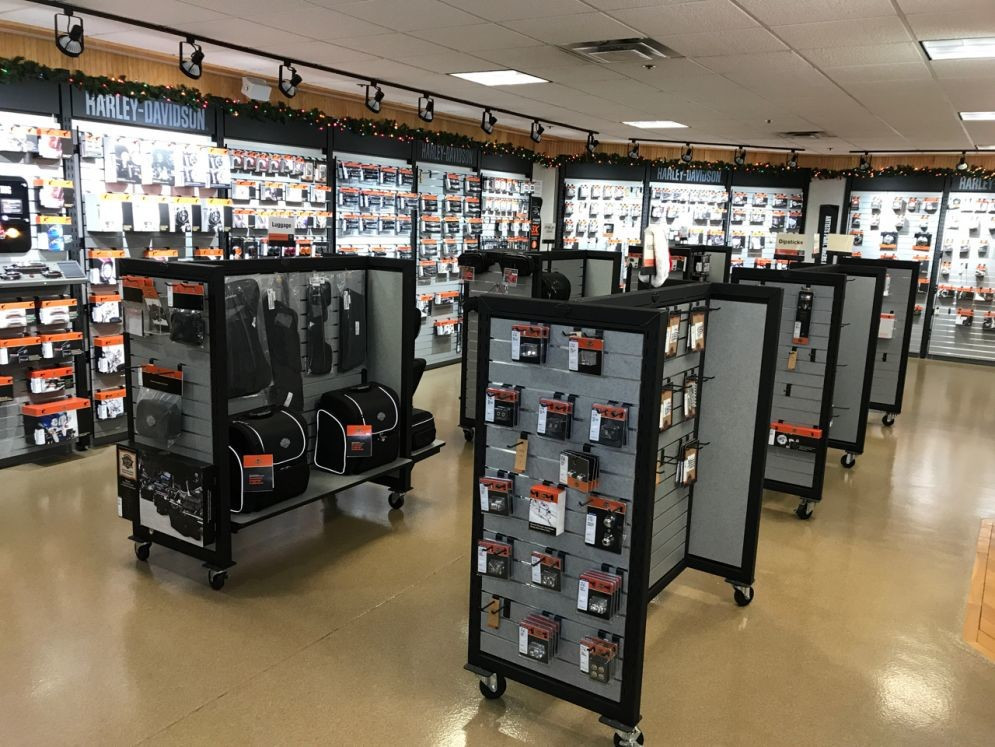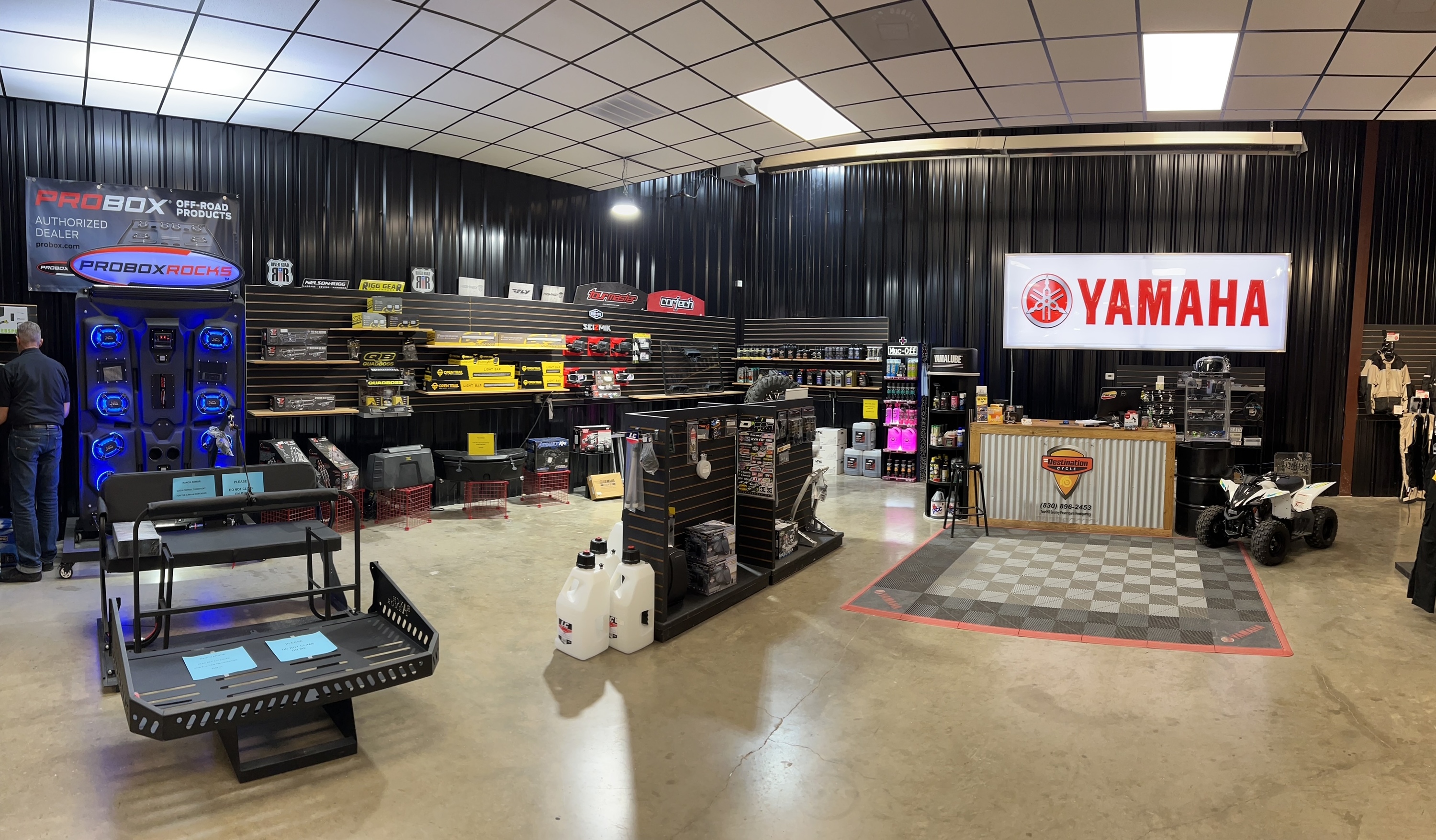Release Performance with Costs Motox Parts NZ Available Here
Release Performance with Costs Motox Parts NZ Available Here
Blog Article
Comprehending the Crucial Parts of a Motorcycle: A Comprehensive Guide for Lovers
For bike fanatics looking to elevate their riding experience and guarantee their bikes run smoothly, understanding the important components of a bike is paramount. Each component, from the engine's detailed workings to the vital duty of the stopping systems, not only affects efficiency however additionally security and convenience.
Engine Elements

The camshaft plays a crucial duty in regulating the timing of the engine's shutoffs, making sure the exact opening and closing required for efficient fuel and air intake, along with exhaust expulsion. This timing is critical to preserving optimal engine performance and performance. In addition, the carburetor or fuel shot system, depending on the bike design, is responsible for blending air with gas in the right proportion for combustion.
The cooling system, either air or liquid-based, functions to keep the engine's temperature within functional limitations, avoiding getting too hot and making sure long life - motocross gear. Each element, carefully made and incorporated, contributes to the seamless procedure of the engine, specifying the motorcycle's power outcome and total performance
Transmission System
Essential to the motorbike's capability, the transmission system makes sure reliable power transfer from the engine to the wheels. This system comprises numerous vital parts, including the clutch, transmission, and final drive, each playing an important function in translating the engine's power into activity. The clutch, commonly run by a hand lever, serves to disengage the engine and engage from the transmission, permitting smooth gear changes and regulated velocity.
The transmission, commonly referred to as the transmission appropriate, includes a collection of equipments that motorcyclists can manually change through to adjust the bike's speed and torque output. These equipments are organized in a sequence that makes it possible for the motorbike to accelerate efficiently and maintain optimal engine performance across different rates. The majority of bikes utilize a sequential gearbox, requiring the motorcyclist to move equipments in a predetermined order.
Braking Mechanisms
While comprehending the transmission system is crucial to harnessing a motorbike's power, just as essential is the capacity to control and stop that power effectively, which is where stopping mechanisms come right into play. Brakes are crucial for security and efficiency, giving the rider with the needed control to navigate various surfaces and conditions. Commonly, bikes feature two kinds of stopping systems: disc brakes and drum brakes.
Disc brakes are extra common in modern-day bikes due to their premium efficiency. This system supplies much better heat dissipation, consistent performance, and enhanced quiting power, especially in wet conditions.
On the other hand, drum brakes, though less usual, are still located in some motorbikes. They function by pushing brake shoes versus the internal surface area of a drum connected to the wheel. While typically much less reliable in heat dissipation and quiting power, drum brakes are simpler and a lot more cost-efficient.
Comprehending these stopping systems' nuances enables cyclists to keep their motorbikes properly and value the engineering that makes sure risk-free and efficient stopping.
Suspension and Guiding
Suspension and steering systems are crucial elements that dramatically affect a bike's handling and trip comfort. The shock absorber, including forks at the front and shock absorbers at the rear, soaks up road irregularities, boosting security and control. Front forks, normally telescopic or upside down, compress and rebound to alleviate impacts, while back shock absorbers maintain tire call with the roadway, crucial for grip and security.
Steering, centered around the handlebars, attaches the rider to the bike's directional control. The steering head bearings make certain smooth operation, permitting specific ability to move. Proper alignment and upkeep of these bearings are essential for predictable steering feedback and reducing motorcyclist tiredness.
The suspension's adjustability is another crucial facet; preload, damping, and rebound settings allow customization to suit various riding styles and problems. This flexibility is important for optimizing performance, whether browsing metropolitan roads or tackling tough routes. Advancements like electronic shock absorber offer real-time changes, boosting adventure high quality throughout diverse surfaces.

Electrical Solutions
After guaranteeing a controlled and smooth adventure via reliable suspension and guiding systems, focus transforms to the electrical systems, a crucial element of modern site bikes. These systems play an essential role not just in starting the engine however additionally in powering different elements that boost the performance and security of the motorbike.
At the heart of a motorcycle's electric system is the battery, which shops electrical power essential for starting the engine and powering complementary systems - motocross gear. The alternator or generator, combined with the rectifier-regulator, makes sure the battery remains billed while the motorbike is in procedure, transforming power right into electric energy and maintaining voltage degrees
The ignition system, another crucial element, is accountable for sparking the air-fuel combination in the engine's cylinders. Modern motorcycles usually utilize a digital ignition system, providing better performance and integrity contrasted to typical systems.
Lighting systems, Discover More Here consisting of fronts lights, tail lights, and indications, are likewise vital, making certain visibility and security for he has a good point the motorcyclist. Additional digital elements such as sensors, control devices, and displays add to advanced functions like gas injection administration, anti-lock braking systems (ABS), and digital control panels, further enhancing the riding experience.
Conclusion
A detailed comprehension of a motorbike's necessary components, consisting of the engine, transmission system, braking mechanisms, suspension, guiding, and electrical systems, is essential for fanatics intending to optimize efficiency, security, and comfort. Proficiency of these elements enables educated decisions regarding upkeep and upgrades, eventually boosting the riding experience. By integrating this expertise, riders can guarantee their bikes operate at peak performance and dependability, therefore making best use of both satisfaction and durability of their automobiles.
For bike fanatics looking to elevate their riding experience and guarantee their bikes run smoothly, comprehending the necessary elements of a motorbike is extremely important.Essential to the bike's capability, the transmission system ensures reliable power transfer from the engine to the wheels.While comprehending the transmission system is crucial to utilizing a motorbike's power, similarly essential is the capability to control and stop that power efficiently, which is where braking systems come right into play. Normally, motorcycles include 2 types of braking systems: disc brakes and drum brakes.
A thorough comprehension of a motorbike's essential parts, including the engine, transmission system, braking systems, suspension, guiding, and electric systems, is crucial for lovers aiming to enhance security, convenience, and efficiency.
Report this page